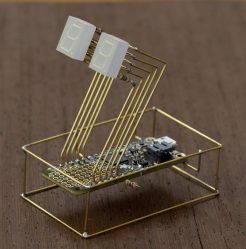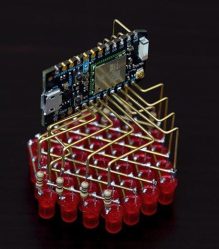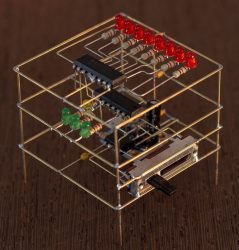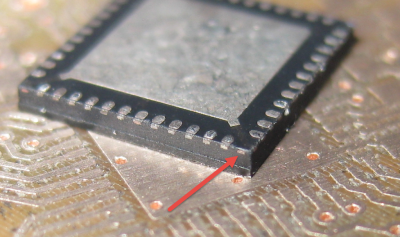Being relegated to player two used to be a mark of disgrace in the 8-bit era of videogames. Between never being to select a level and having to wait your turn to play, the second player experience was decidedly third rate. Super Mario Bros. on the Nintendo Entertainment System was no different in this regard as it offered no character selection option and also required players to alternate taking control upon failing stages. It made the two player mode more like playing in parallel than actually together. However, there is a new ROM Hack for the original Super Mario Bros. from [Corpse Grinder] that allows players to play as the Brothers Mario simultaneously. Finally, a true co-op experience.
It’s important to note that the level power-ups have not been doubled-up in the patch, so this will no doubt be some friendly competition. Also it would be in both players interest to play with someone around their same skill level as any player dying in a level will cause both to start back at the last checkpoint. Not to worry, [Corpse Grinder] appears to have yet another Super Mario Bros. co-op patch in the works with this video from their YouTube channel below.
Whether you dump your own NES cartridge or extract the ROM image of Super Mario from a Virtual Console download, the patch itself comes in the form of a XDelta file. In order to apply the patch to a ROM image of Super Mario Bros. you’ll need a program like xdelta UI. Make sure to backup a copy of the ROM image before applying the patch, because this process is a one-way street.
Continue reading “NES Hack Lets The Mario Bros. Play Together”




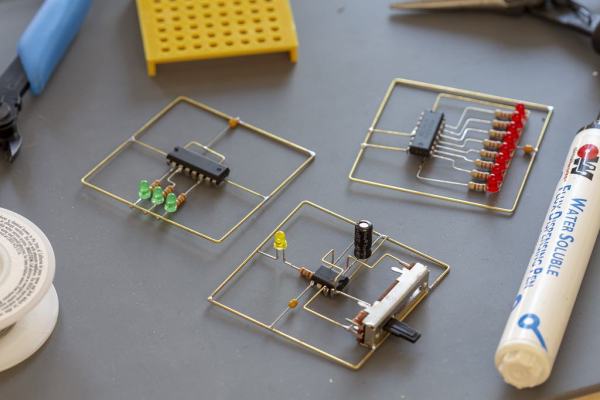
 tiny BGA components (ok, that one might be more cool than practical). Perhaps our favorite use is to create art, and [Mohit Bhoite] is an absolute genius of the form. He’s so prolific that it’s difficult to point to a particular one of his projects as an exemplar, though he has
tiny BGA components (ok, that one might be more cool than practical). Perhaps our favorite use is to create art, and [Mohit Bhoite] is an absolute genius of the form. He’s so prolific that it’s difficult to point to a particular one of his projects as an exemplar, though he has 